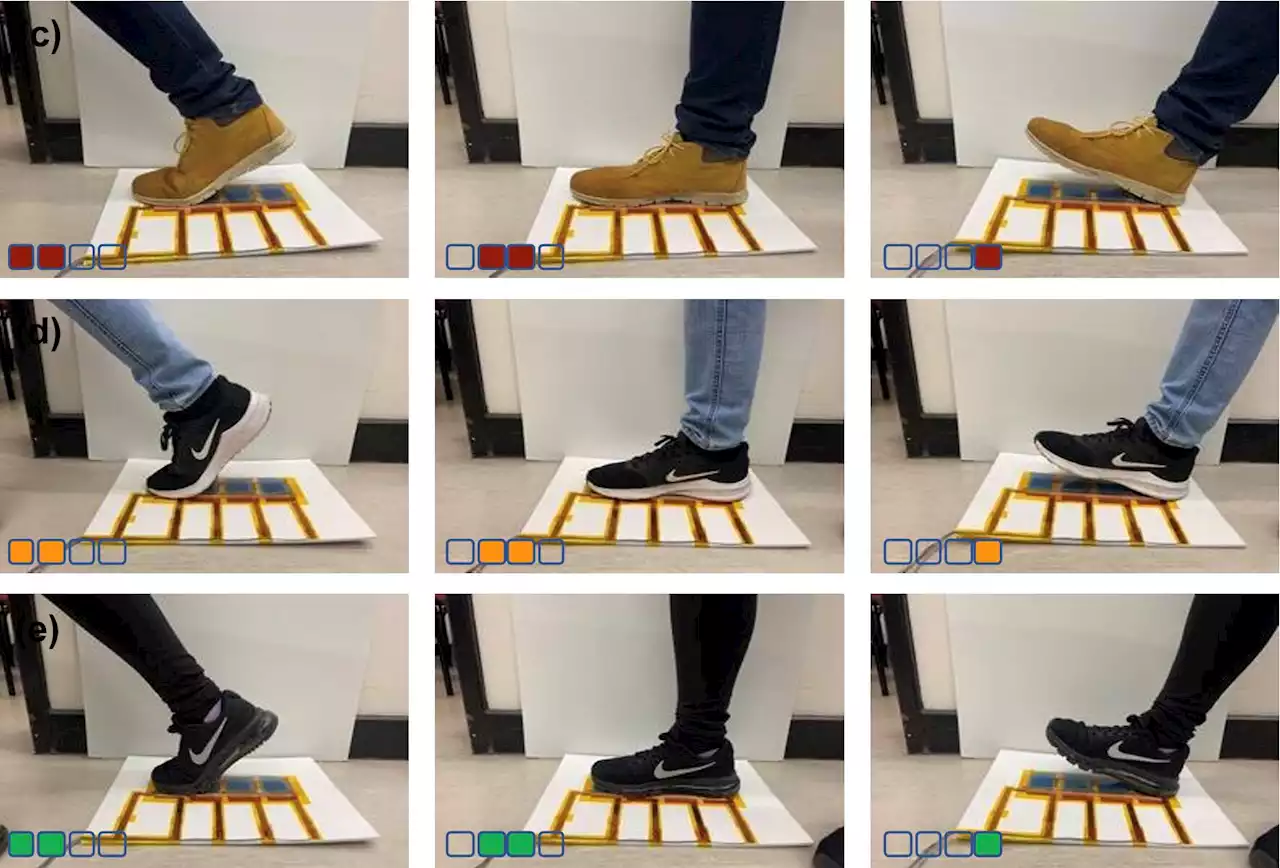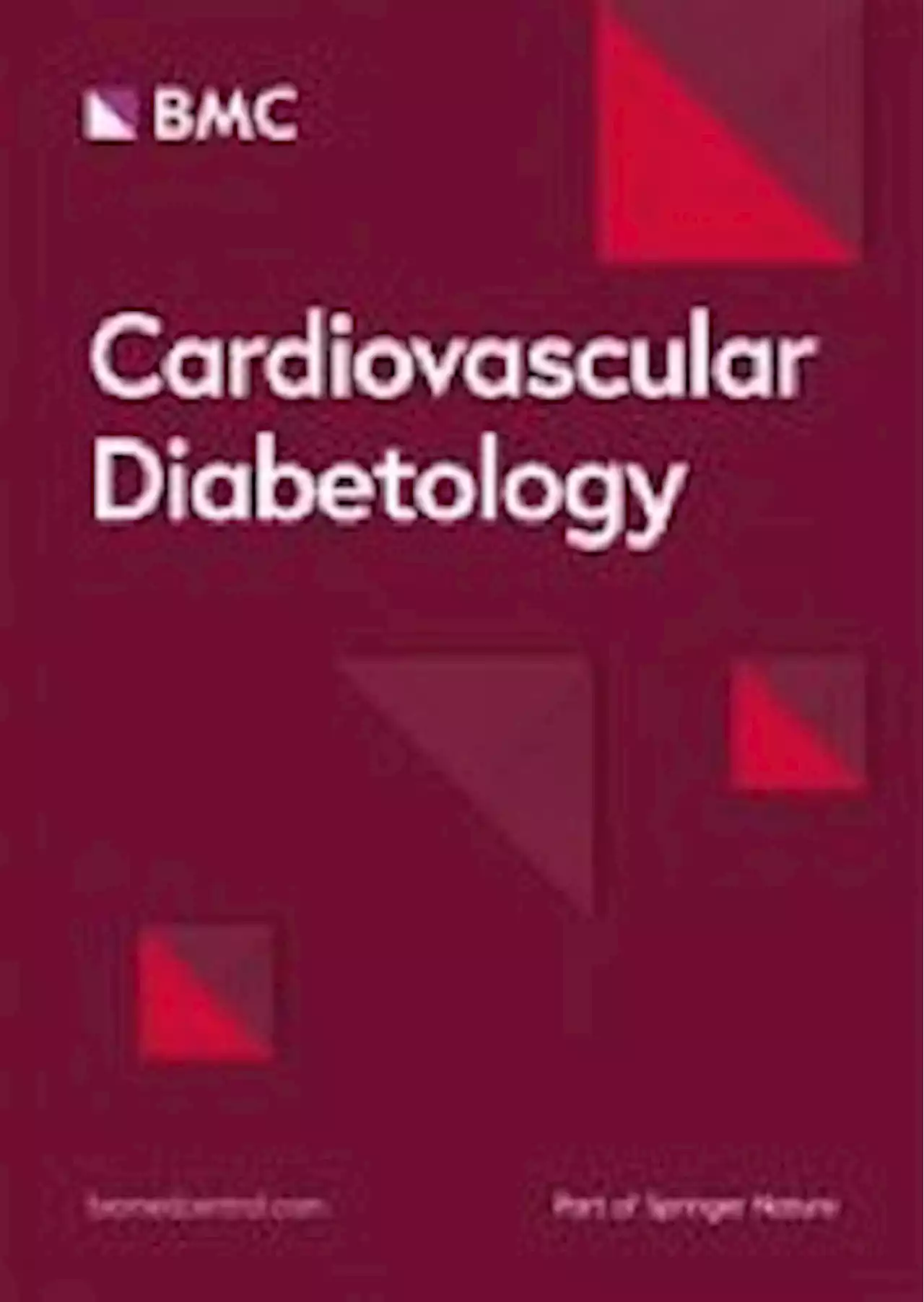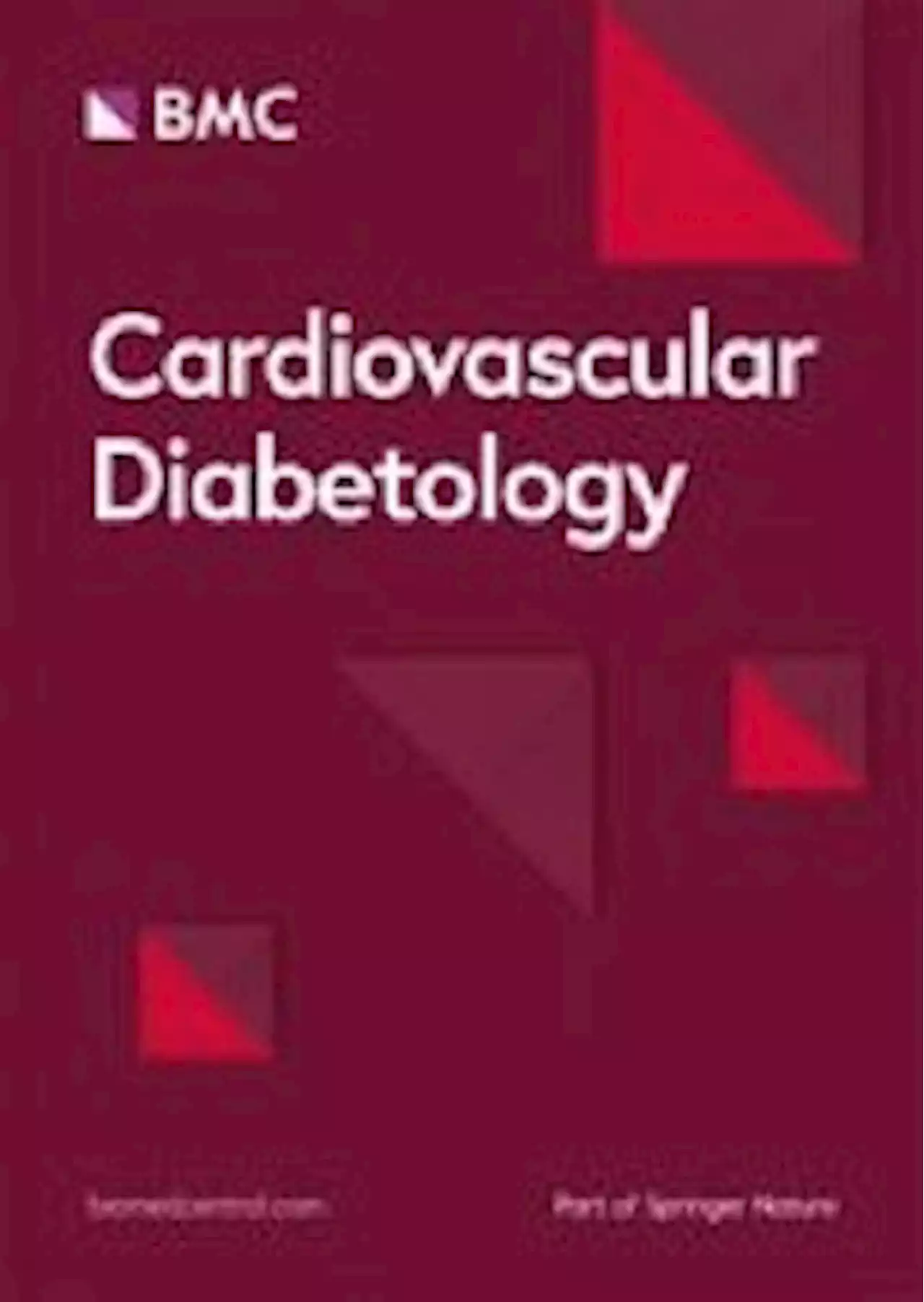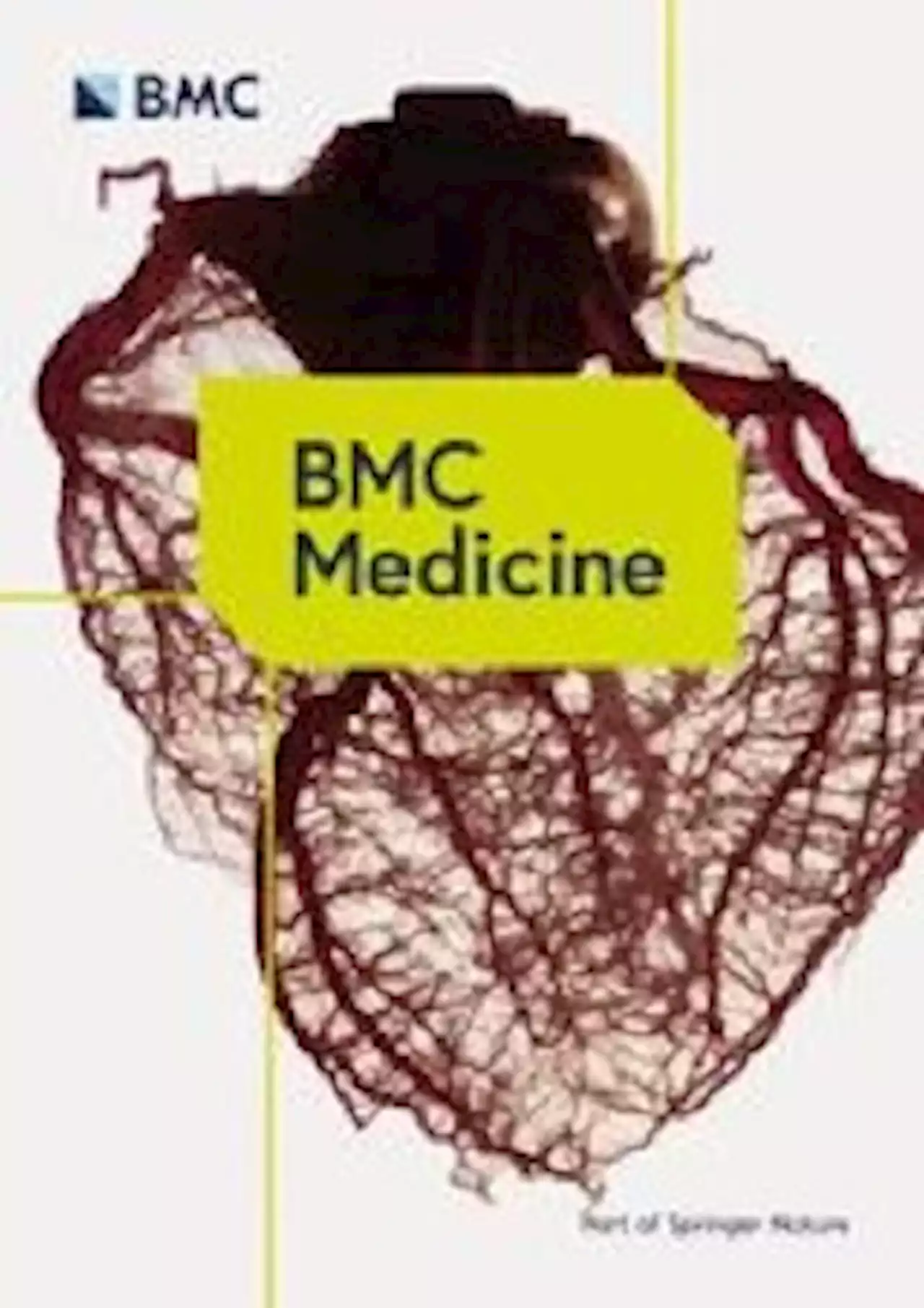Boffins say they can turn typing sounds into text with 95% accuracy
The simplest protection method, said the researchers, is changing one's typing style. The researchers note that skilled users able to rely on touch typing are harder to detect accurately, with single-key recognition dropping from 64 to 40 percent at the higher speeds enabled by the technique.
In other words, mixing uppercase and lowercase letters continues to be a good habit. The team also said those worried about acoustic side channel attacks can also just use a second authentication factor to prevent someone snooping keystrokes and stealing passwords.
United Kingdom Latest News, United Kingdom Headlines
Similar News:You can also read news stories similar to this one that we have collected from other news sources.
 Glasgow City Council rejects 95% of pothole compensation claims in three yearsA Freedom of Information request has found that only around 5 per cent of claims for compensation for injuries and damage caused by potholes in Glasgow ended in a payout.
Glasgow City Council rejects 95% of pothole compensation claims in three yearsA Freedom of Information request has found that only around 5 per cent of claims for compensation for injuries and damage caused by potholes in Glasgow ended in a payout.
Read more »
 This AI can can steal your data by listening to your keystrokes with 95% accuracyCan we ban Cherry MX Blue keyboards now?
This AI can can steal your data by listening to your keystrokes with 95% accuracyCan we ban Cherry MX Blue keyboards now?
Read more »
 Foam nanogenerators the future of IoT power, say boffinsGraphene foam is the future of IoT power, say Scottish boffins
Foam nanogenerators the future of IoT power, say boffinsGraphene foam is the future of IoT power, say Scottish boffins
Read more »
 Triglycerides and risk of cardiovascular events in statin-treated patients with newly diagnosed type 2 diabetes: a Danish cohort study - Cardiovascular DiabetologyBackground Elevated triglyceride levels are a clinically useful marker of remnant cholesterol. It is unknown whether triglycerides are associated with residual cardiovascular risk in CVD-naïve patients with newly diagnosed type 2 diabetes mellitus (T2DM), who are already on statin therapy. We aimed to assess the association between triglyceride levels and risk of major cardiovascular events (MACE) in statin-treated patients with newly diagnosed T2DM managed in routine clinical care. Methods This cohort study included newly diagnosed T2DM patients without a previous diagnosis of cardiovascular disease in Northern Denmark during 2005–2017. Individual triglyceride levels while on statin treatment were assessed within 1 year after T2DM diagnosis. The primary outcome was a composite of myocardial infarction, ischemic stroke, or cardiac death (MACE). Patients were followed from one year after T2DM diagnosis until 30 April 2021, MACE, emigration, or death. We used Cox regression to compute hazard ratios (HRs) controlling for confounding factors. Results Among 27,080 statin-treated patients with T2DM (median age 63 years; 53% males), triglyceride levels were | 1.0 mmol/L in 17%, 1.0–1.9 mmol/L in 52%, 2.0–2.9 mmol/L in 20%, and ≥ 3.0 mmol/L in 11%. During follow-up, 1,957 incident MACE events occurred (11.0 per 1000 person-years). Compared with triglyceride levels | 1.0 mmol/L, confounder-adjusted HRs for incident MACE were 1.14 (95% CI 1.00–1.29) for levels between 1.0 and 1.9 mmol/L, 1.30 (95% CI 1.12–1.51) for levels between 2.0 and 2.9 mmol/L, and 1.44 (95% CI 1.20–1.73) for levels ≥ 3.0 mmol/L. This association was primarily driven by higher rates of myocardial infarction and cardiac death and attenuated only slightly after additional adjustment for LDL cholesterol. Spline analyses confirmed a linearly increasing risk of MACE with higher triglyceride levels. Stratified analyses showed that the associations between triglyceride levels and MACE were stronger among women.
Triglycerides and risk of cardiovascular events in statin-treated patients with newly diagnosed type 2 diabetes: a Danish cohort study - Cardiovascular DiabetologyBackground Elevated triglyceride levels are a clinically useful marker of remnant cholesterol. It is unknown whether triglycerides are associated with residual cardiovascular risk in CVD-naïve patients with newly diagnosed type 2 diabetes mellitus (T2DM), who are already on statin therapy. We aimed to assess the association between triglyceride levels and risk of major cardiovascular events (MACE) in statin-treated patients with newly diagnosed T2DM managed in routine clinical care. Methods This cohort study included newly diagnosed T2DM patients without a previous diagnosis of cardiovascular disease in Northern Denmark during 2005–2017. Individual triglyceride levels while on statin treatment were assessed within 1 year after T2DM diagnosis. The primary outcome was a composite of myocardial infarction, ischemic stroke, or cardiac death (MACE). Patients were followed from one year after T2DM diagnosis until 30 April 2021, MACE, emigration, or death. We used Cox regression to compute hazard ratios (HRs) controlling for confounding factors. Results Among 27,080 statin-treated patients with T2DM (median age 63 years; 53% males), triglyceride levels were | 1.0 mmol/L in 17%, 1.0–1.9 mmol/L in 52%, 2.0–2.9 mmol/L in 20%, and ≥ 3.0 mmol/L in 11%. During follow-up, 1,957 incident MACE events occurred (11.0 per 1000 person-years). Compared with triglyceride levels | 1.0 mmol/L, confounder-adjusted HRs for incident MACE were 1.14 (95% CI 1.00–1.29) for levels between 1.0 and 1.9 mmol/L, 1.30 (95% CI 1.12–1.51) for levels between 2.0 and 2.9 mmol/L, and 1.44 (95% CI 1.20–1.73) for levels ≥ 3.0 mmol/L. This association was primarily driven by higher rates of myocardial infarction and cardiac death and attenuated only slightly after additional adjustment for LDL cholesterol. Spline analyses confirmed a linearly increasing risk of MACE with higher triglyceride levels. Stratified analyses showed that the associations between triglyceride levels and MACE were stronger among women.
Read more »
 Comparative cardiovascular outcomes in type 2 diabetes patients taking dapagliflozin versus empagliflozin: a nationwide population-based cohort study - Cardiovascular DiabetologyBackground Sodium-glucose co-transporter-2 inhibitors displayed cardiovascular benefits in type 2 diabetes mellitus in previous studies; however, there were some heterogeneities regarding respective cardiovascular outcomes within the class. Furthermore, their efficacies in Asians, females, and those with low cardiovascular risks were under-represented. Thus, we compared the cardiovascular outcomes between new users of dapagliflozin and empagliflozin in a broad range of patients with type 2 diabetes mellitus using a nationwide population-based real-world cohort from Korea. Methods Korean National Health Insurance registry data between May 2016 and December 2018 were extracted, and an active-comparator new-user design was applied. The primary outcome was a composite of heart failure (HF)-related events (i.e., hospitalization for HF and HF-related death), myocardial infarction, ischemic stroke, and cardiovascular death. The secondary outcomes were individual components of the primary outcome. Results A total of 366,031 new users of dapagliflozin or empagliflozin were identified. After 1:1 nearest-neighbor propensity score matching, 72,752 individuals (mean age approximately 56 years, 42% women) from each group were included in the final analysis, with a follow-up of 150,000 ~ person-years. Approximately 40% of the patients included in the study had type 2 diabetes mellitus as their sole cardiovascular risk factor, with no other risk factors. The risk of the primary outcome was not different significantly between dapagliflozin and empagliflozin users (hazard ratio [HR] 0.93, 95% confidence interval [CI] 0.855–1.006). The risks of secondary outcomes were also similar, with the exception of the risks of HF-related events (HR 0.84, 95% CI 0.714–0.989) and cardiovascular death (HR 0.76, 95% CI 0.618–0.921), which were significantly lower in the dapagliflozin users. Conclusions This large-scale nationwide population-based real-world cohort study revealed no significant diffe
Comparative cardiovascular outcomes in type 2 diabetes patients taking dapagliflozin versus empagliflozin: a nationwide population-based cohort study - Cardiovascular DiabetologyBackground Sodium-glucose co-transporter-2 inhibitors displayed cardiovascular benefits in type 2 diabetes mellitus in previous studies; however, there were some heterogeneities regarding respective cardiovascular outcomes within the class. Furthermore, their efficacies in Asians, females, and those with low cardiovascular risks were under-represented. Thus, we compared the cardiovascular outcomes between new users of dapagliflozin and empagliflozin in a broad range of patients with type 2 diabetes mellitus using a nationwide population-based real-world cohort from Korea. Methods Korean National Health Insurance registry data between May 2016 and December 2018 were extracted, and an active-comparator new-user design was applied. The primary outcome was a composite of heart failure (HF)-related events (i.e., hospitalization for HF and HF-related death), myocardial infarction, ischemic stroke, and cardiovascular death. The secondary outcomes were individual components of the primary outcome. Results A total of 366,031 new users of dapagliflozin or empagliflozin were identified. After 1:1 nearest-neighbor propensity score matching, 72,752 individuals (mean age approximately 56 years, 42% women) from each group were included in the final analysis, with a follow-up of 150,000 ~ person-years. Approximately 40% of the patients included in the study had type 2 diabetes mellitus as their sole cardiovascular risk factor, with no other risk factors. The risk of the primary outcome was not different significantly between dapagliflozin and empagliflozin users (hazard ratio [HR] 0.93, 95% confidence interval [CI] 0.855–1.006). The risks of secondary outcomes were also similar, with the exception of the risks of HF-related events (HR 0.84, 95% CI 0.714–0.989) and cardiovascular death (HR 0.76, 95% CI 0.618–0.921), which were significantly lower in the dapagliflozin users. Conclusions This large-scale nationwide population-based real-world cohort study revealed no significant diffe
Read more »
 Risk of hip fracture in meat-eaters, pescatarians, and vegetarians: a prospective cohort study of 413,914 UK Biobank participants - BMC MedicineBackground Meat-free diets may be associated with a higher risk of hip fracture, but prospective evidence is limited. We aimed to investigate the risk of hip fracture in occasional meat-eaters, pescatarians, and vegetarians compared to regular meat-eaters in the UK Biobank, and to explore the role of potential mediators of any observed risk differences. Methods Middle-aged UK adults were classified as regular meat-eaters (n = 258,765), occasional meat-eaters (n = 137,954), pescatarians (n = 9557), or vegetarians (n = 7638) based on dietary and lifestyle information at recruitment (2006–2010). Incident hip fractures were identified by record linkage to Hospital Episode Statistics up to September 2021. Multivariable Cox regression models were used to estimate associations between each diet group and hip fracture risk, with regular meat-eaters as the reference group, over a median follow-up time of 12.5 years. Results Among 413,914 women, 3503 hip fractures were observed. After adjustment for confounders, vegetarians (HR (95% CI): 1.50 (1.18, 1.91)) but not occasional meat-eaters (0.99 (0.93, 1.07)) or pescatarians (1.08 (0.86, 1.35)) had a greater risk of hip fracture than regular meat-eaters. This is equivalent to an adjusted absolute risk difference of 3.2 (1.2, 5.8) more hip fractures per 1000 people over 10 years in vegetarians. There was limited evidence of effect modification by BMI on hip fracture risk across diet groups (pinteraction = 0.08), and no clear evidence of effect modification by age or sex (pinteraction = 0.9 and 0.3, respectively). Mediation analyses suggest that BMI explained 28% of the observed risk difference between vegetarians and regular meat-eaters (95% CI: 1.1%, 69.8%). Discussion Vegetarian men and women had a higher risk of hip fracture than regular meat-eaters, and this was partly explained by their lower BMI. Ensuring adequate nutrient intake and weight management are therefore particularly important in vegetarians in the context of hip
Risk of hip fracture in meat-eaters, pescatarians, and vegetarians: a prospective cohort study of 413,914 UK Biobank participants - BMC MedicineBackground Meat-free diets may be associated with a higher risk of hip fracture, but prospective evidence is limited. We aimed to investigate the risk of hip fracture in occasional meat-eaters, pescatarians, and vegetarians compared to regular meat-eaters in the UK Biobank, and to explore the role of potential mediators of any observed risk differences. Methods Middle-aged UK adults were classified as regular meat-eaters (n = 258,765), occasional meat-eaters (n = 137,954), pescatarians (n = 9557), or vegetarians (n = 7638) based on dietary and lifestyle information at recruitment (2006–2010). Incident hip fractures were identified by record linkage to Hospital Episode Statistics up to September 2021. Multivariable Cox regression models were used to estimate associations between each diet group and hip fracture risk, with regular meat-eaters as the reference group, over a median follow-up time of 12.5 years. Results Among 413,914 women, 3503 hip fractures were observed. After adjustment for confounders, vegetarians (HR (95% CI): 1.50 (1.18, 1.91)) but not occasional meat-eaters (0.99 (0.93, 1.07)) or pescatarians (1.08 (0.86, 1.35)) had a greater risk of hip fracture than regular meat-eaters. This is equivalent to an adjusted absolute risk difference of 3.2 (1.2, 5.8) more hip fractures per 1000 people over 10 years in vegetarians. There was limited evidence of effect modification by BMI on hip fracture risk across diet groups (pinteraction = 0.08), and no clear evidence of effect modification by age or sex (pinteraction = 0.9 and 0.3, respectively). Mediation analyses suggest that BMI explained 28% of the observed risk difference between vegetarians and regular meat-eaters (95% CI: 1.1%, 69.8%). Discussion Vegetarian men and women had a higher risk of hip fracture than regular meat-eaters, and this was partly explained by their lower BMI. Ensuring adequate nutrient intake and weight management are therefore particularly important in vegetarians in the context of hip
Read more »
